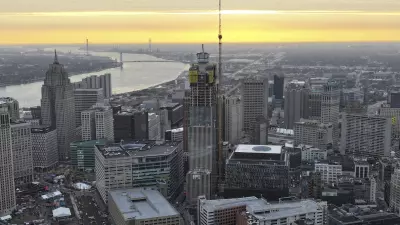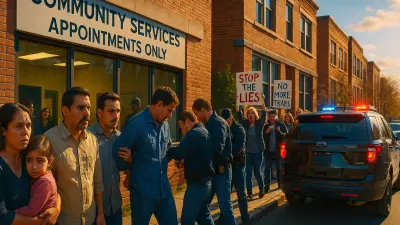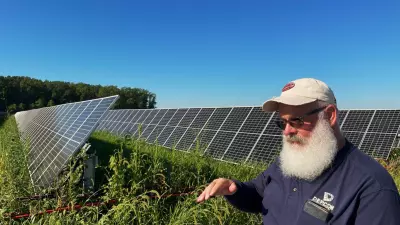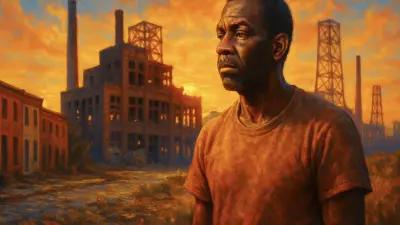For years following its heyday, Detroit’s auto industry went into a slow decline that nearly turned catastrophic during the global fuel crisis of the 1970s, prompting more and more drivers to favor fuel-efficient imports from Japan and Germany.

“As the city lost that huge manufacturing base, you can imagine the impact of that loss,” notes urban planner and Congress for New Urbanism (CNU) Programs Coordinator Desiree Powell. “That’s just a huge literal and figurative gap to fill and it led to the downward spiral of Detroit.”
That spiral continued unabated through the final decades of the last century and into the 2000s, eventually resulting in the city declaring bankruptcy in 2013. That same year, the Motor City’s mayor was convicted of 24 counts of corruption and sentenced to 28 years in prison.
Once 1.8 million strong, Detroit’s population had shrunk to about one-third of that total. The massive Packard automotive plant, which at its height included 80 buildings spread over 80 acres, saw locals smashing its concrete support columns with sledgehammers to expose the rebar within to sell as scrap. Locals whisper about tales of unspeakable crimes that happened deep within the vast, abandoned complex.
With more than a third of Detroit’s residents living below the poverty line, many fled the downturn — leaving some 80,000 homes and structures vacant and abandoned.
The only thing on the rise in Detroit was violent crime.
Timothy Smith, a former Detroit resident and principal of the urban design and architecture firm Sera Architects, notes that many of the pinnacle structures of his life there, such as his high school and the hospital where he was born, were eventually demolished.
His former neighborhood on the lower east side, “looks like rural Iowa,” he said. “There are more things growing there than there are houses.”
As wildlife started to reclaim some of the 40 square miles of vacant land in the city, Detroit became renowned not just as a city in decline, but perhaps as THE city in decline. While other, smaller, Postindustrial Cities also lost population and struggled with abandoned storefronts and homes, none of them suffered on the same scale as Detroit.
But then, something happened. Detroit, albeit slowly, started to turn itself around.
Political will and business acumen combined as a new CFO was brought in to Detroit, debt was restructured, policies were updated, revenues started to grow, and the city streamlined operations while improving services. The U.S. Treasury Department funded the removal of 15,000 blighted structures. Business and foundation leaders donated hundreds of millions of dollars while Quicken Loans founder Dan Gilbert bought up more than 70 downtown properties, seeded dozens of start-ups, and moved Quicken there, to his hometown, where it now employs some 17,000 people.
Detroit’s energetic mayor, Mike Duggan, continues to focus on revitalizing what Detroit did best for so many decades: manufacturing. Parallel to that, Ford and GM are investing billions into the development of electric and autonomous vehicles, which means millions more go into city coffers. The city’s four pro sports teams play in modern downtown stadiums as boutique hotels and fusion restaurants bustle nearby.
Daniel Baisden is a city planner that specializes in neighborhood projects, a former chairman of CNU-Midwest and someone who’s truly passionate about “Rust Belt” cities. He says, “The city has turned a corner in a lot of ways, with neighborhoods seeing a lot of investment from both the public and private sectors. They’re really embracing the idea of the ‘comeback city.’”
Detroit’s narrative has changed enough that tourism is bouncing back too. The numbers of tourists per year rose steadily prior to COVID, reaching more than 18 million visitors, and is now once again approaching pre-pandemic levels.
The proof is evident throughout downtown. During a recent visit, locals jogged along the riverfront as tourists snapped photos; museums and attractions were busy; Eastern Market bustled with shoppers eyeing the vendors’ produce and baked goods; sightseeing boats on the river were packed; downtown restaurants and bars were hopping; and the annual jazz festival was in full swing.
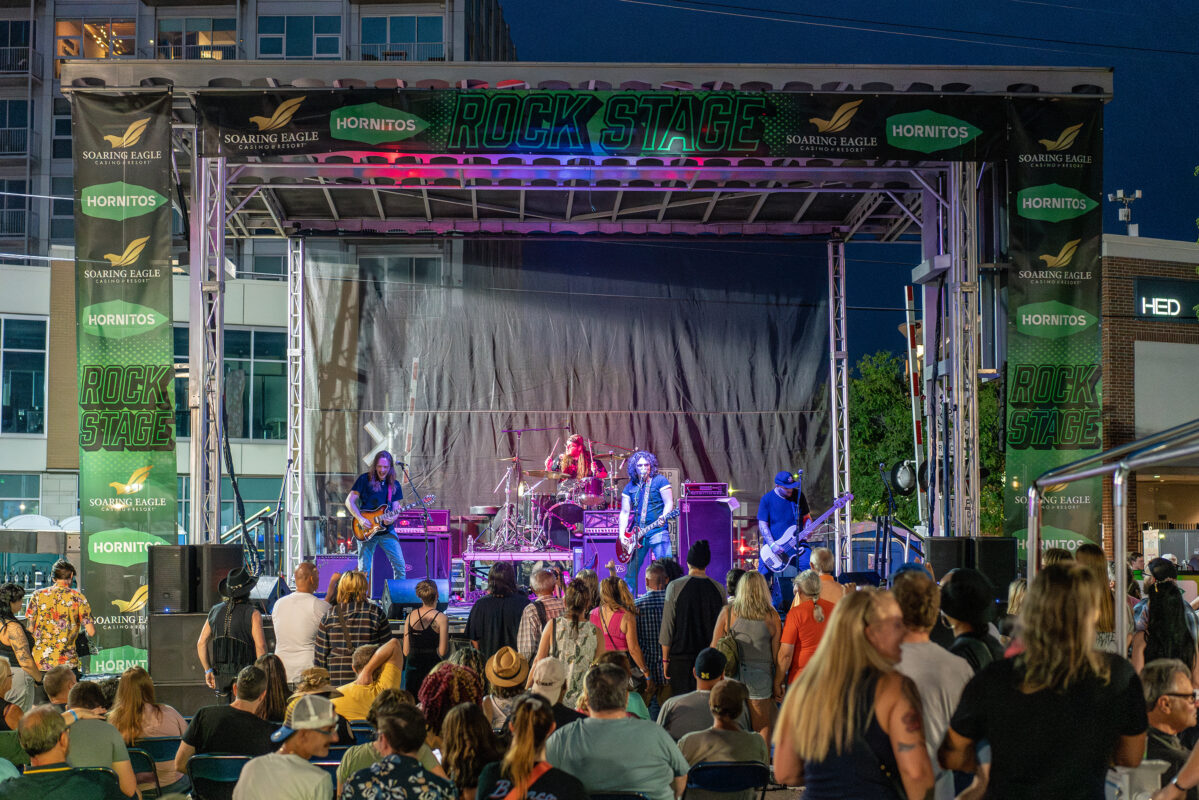
“Postindustrialization, there’s a lot of opportunity. There are phenomenal buildings and architecture, so there’s plenty of opportunities for adaptive reuse and an opportunity to bring people back,” said Powell. “There’s still a lot of opportunity to grow.”
And while the “Big Two” automakers here are investing on an industrial scale, innovative entrepreneurs are revitalizing local businesses. Smith is quick to point out local success stories like Detroit Bikes, which builds up to 150 steel bike frames per day in a 50,000 square-foot factory. Shinola Detroit opened a watch factory in 2012 and now occupies 95,000 square feet in the historic Argonaut Building. Detroit Denim Co. makes custom jeans to fit and ships them around the nation.
“The big factories of yesteryear that now lay fallow are not going anywhere,” Smith adds. “So, cities like Detroit, Toledo, and other places in the Midwest are ripe for the next new industrial wave.”
While the city continues a traditional path of transition that’s driven from within, there’s a rising global threat that could possibly help Detroit regain some of its former glory: climate change.
As our atmosphere continues to warm and affect climate change, more and more people living in the areas most threatened by heightened climatic activity — including those on the coasts and in dry, arid environments — will look to move to live elsewhere.
Postindustrial Cities like Detroit appear positioned to capitalize on this migration, with its access to fresh water, few natural disasters, and existing infrastructure, to receive this wave of climate-initiated relocation.
Planners call them “Receiver Cities.”
According to the Internal Displacement Monitoring Centre, 675,000 Americans were displaced by disasters in 2022 — and that number is only expected to grow.
Florida State University Assistant Professor of Sociology Matthew Hauer predicts that as many as 13 million people could be forced to relocate by the end of the century because of rising sea levels. Additionally, the Union of Concerned Scientists projects that the number of days per year where the heat index exceeds 100 degrees will double by 2036. This could result in even more climate migrants as inland western cities, often already experiencing water management and growth challenges, only get hotter.
“Cities like Detroit are already located next to fresh water, which is a key element for being a Receiver City,” Baisden says. “But they also have infrastructure in place too. There are already roads, pipes, buildings, parks, schools, and churches — not to mention existing zoning. They have it all.”
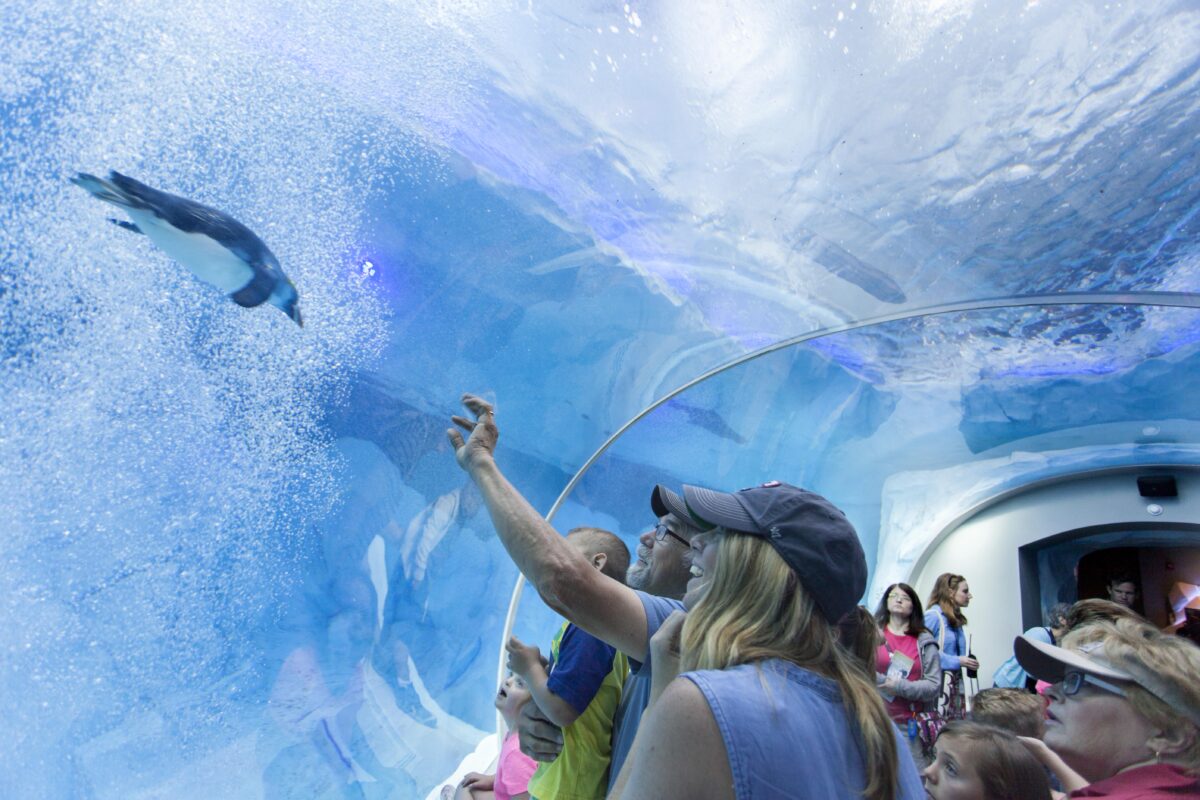
Driving through neighborhoods in northern Detroit, where automakers once flourished and employed tens of thousands of people, city blocks with paved streets and sidewalks stretch into the distance. Yet there are no (or very few) houses within any of the blocks. Fire hydrants stand resolutely sentinel, nested in flourishing flora, ready to pump water and protect homes that don’t exist.
And the industrial foundation is there too. “There is infrastructure for successive eras of industrial activity, actually,” Smith says. “When you look at all those buildings, you can look at one and say it was designed specifically for this or specifically for that, but humans are very good at repurposing things. Each reused factory building is a metaphor for the city itself, as both are now being repurposed into something different than before, something new.”
Further, Parag Khanna’s book, “Move: The Forces Uprooting Us,” argues that by 2050 Michigan may become the best place on the planet to live due to expected catastrophic climate change, economic disruptions and destabilization of some governments.
While signs continue to point to a truly significant migration in the city’s future, planners urge caution in this situation, particularly around equity and the inclusion of current residents.
“There are existing identities and social networks that already exist,” cautions Baisden. “If there is to be an influx of new residents, you must realize that you’re adding to the fabric and the stories already there. You don’t want to harm the existing residents, but must instead find a way to build with them.”
Powell echoes his concerns. “Something this big could certainly be a blessing to Detroit — or a curse,” she added. “You can’t run out current residents or make their neighborhoods someplace they can no longer afford to live. You’ve got to make new residents feel like they’re really a part of Detroit, while also making sure current residents don’t feel left behind.”
With the proper strategies and equitable safeguards in place, Detroit may very well be on the cusp of a brilliant and inspirational third act. As the world warms, thanks in no small part to the automobiles produced in the Motor City itself, it may find itself in the proverbial catbird seat, where it’s both prime investment opportunity for the wealthy and sanctuary for migrants in need of safety and security.
“Don’t write off the Rust Belt,” Baisden says. “Cities like Detroit have a chance to be the places that ‘win’ when the climate crisis really kicks in. They can help save populations — in large part because so much of the infrastructure is already there.”

